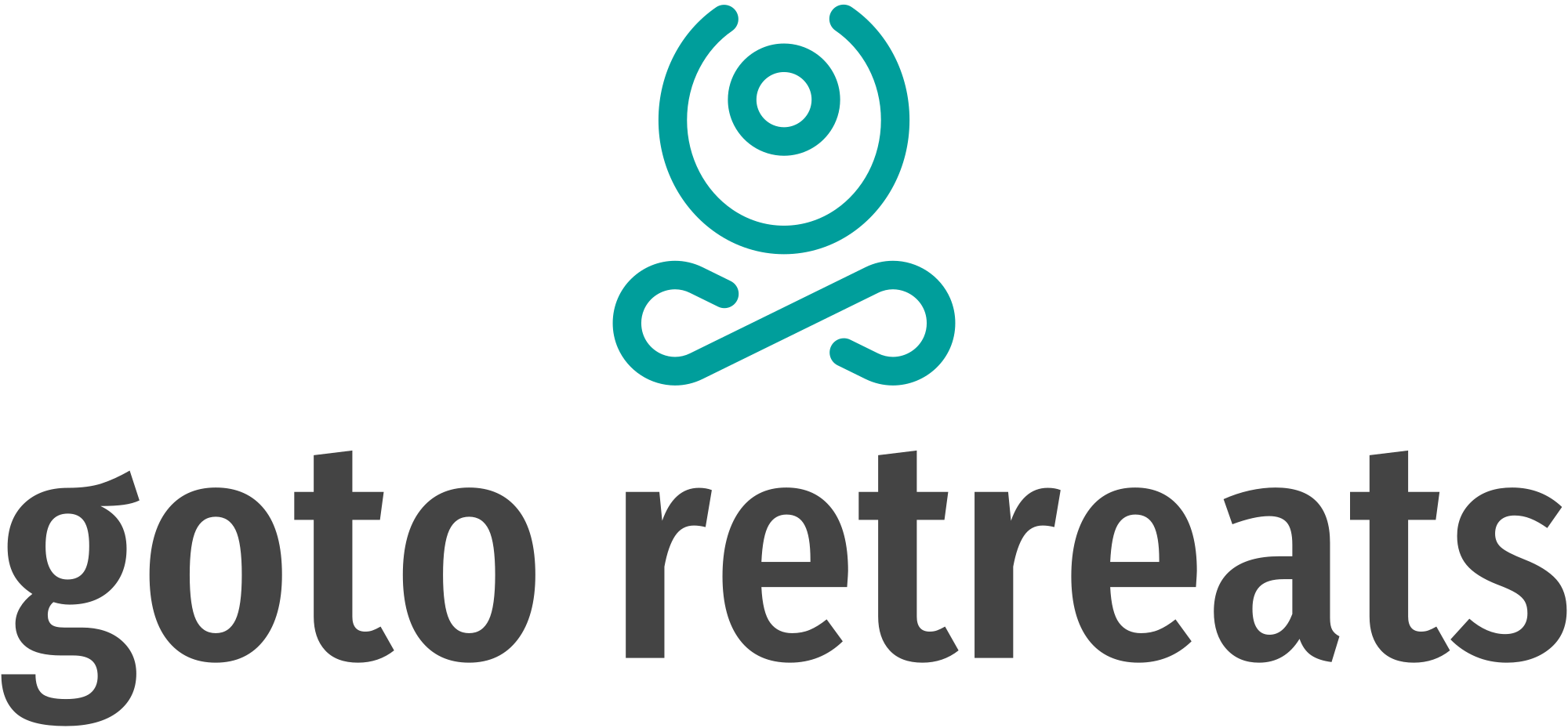What makes a retreat truly unforgettable? Is it the breathtaking location, the thoughtful activities, or the deep connections formed along the way? Crafting a standout retreat experience goes beyond just logistics it’s about creating an atmosphere where participants feel seen, inspired, and renewed. Whether your goal is to initiate relaxation, spark creativity, or encourage growth, a memorable retreat requires intentional planning and a personal touch.
Here’s a guide to help you turn your vision into an extraordinary journey that leaves a lasting impression on every attendee.
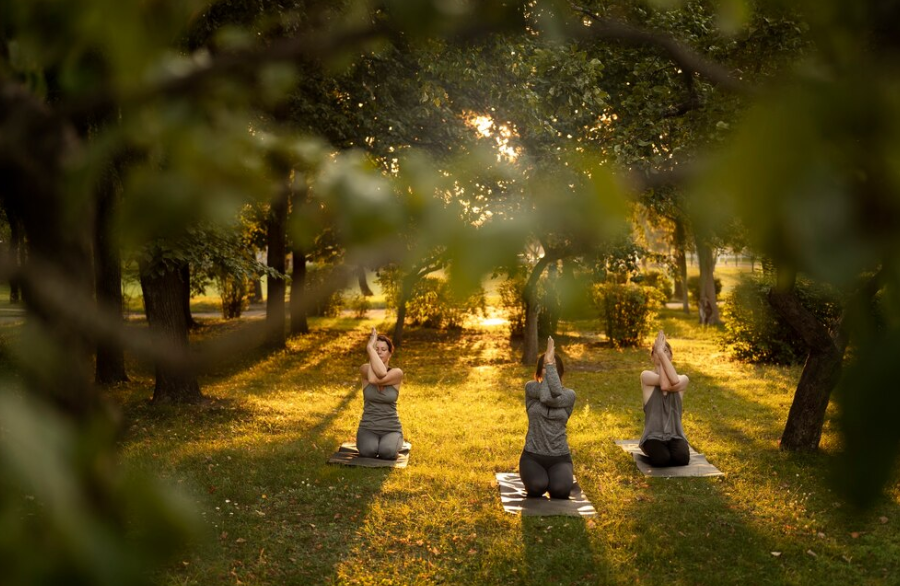
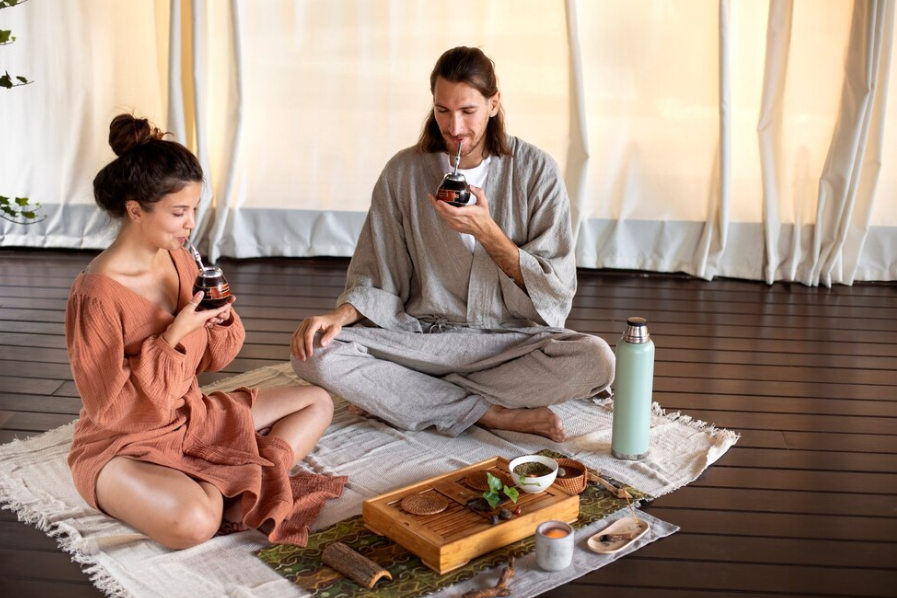
Understanding the Purpose of Your Retreat
Before diving into logistics, clarify the purpose of your retreat. This will serve as the foundation for every decision you make.
- Define Your Goals: What is the primary aim of your retreat? Is it to foster relaxation, encourage creativity, build team unity, or inspire personal growth? Understanding your objectives helps shape the retreat’s tone, activities, and even the type of location you choose.
- Know Your Audience: Customize the retreat experience to the interests and needs of your participants. A wellness retreat for busy professionals may emphasize stress relief and relaxation, while a creative retreat might focus on artistic exploration and self-expression. Surveys or brief discussions with potential attendees can help you better understand their expectations.
- Align Activities with Purpose: Ensure that every part of the retreat aligns with your goals. For instance, if your purpose is to promote wellness, plan activities like yoga sessions, guided meditations, and nature walks. Staying true to the retreat’s purpose keeps participants engaged and enhances their experience.
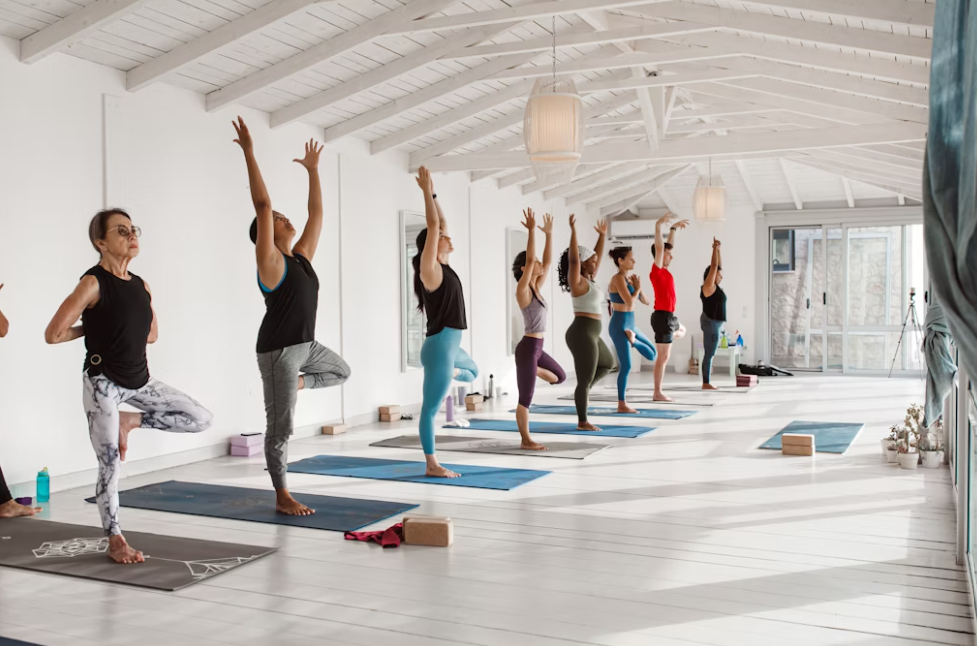
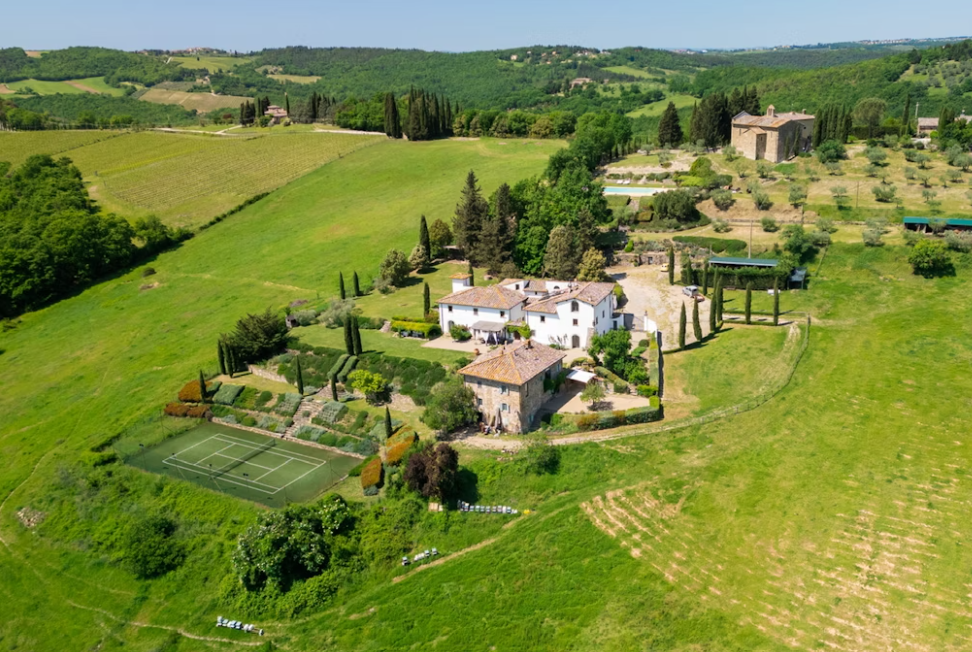
Choosing the Right Location
The location of your retreat can set the entire tone for the event. Select a space that complements your goals and provides an inspiring environment for attendees.
- Embrace Nature: Natural settings—like mountains, beaches, or forested areas—have a calming effect and promote mindfulness. Nature-based retreats allow participants to disconnect from daily stress and immerse themselves in a peaceful atmosphere.
- Consider Accessibility: Choose a location that is accessible for your attendees. If your participants are traveling, look for venues close to major transportation hubs. For more remote locations, consider organizing group transportation to make travel easier.
- Select Spaces with Character: Unique venues, like rustic cabins, boutique hotels, or historical sites, can add to the retreat’s charm. The right environment can create a sense of escape, making participants feel like they’ve stepped into a different world, primed for relaxation or exploration.

Designing Memorable Activities
The activities you plan will shape participants’ experience and determine how engaged they feel. Aim to create a mix of structured and unstructured time to allow for both growth and relaxation.
- Create a Balance of Group and Solo Activities: Group activities build connections, while solo time allows for personal reflection. Offering both ensures participants get the best of both worlds. For example, you might start with a group workshop in the morning and allow quiet time for reflection or journaling in the afternoon.
- Incorporate Hands-On Workshops: Interactive activities help participants connect with the retreat theme. If your retreat is focused on creativity, include hands-on workshops like pottery, painting, or writing sessions. For wellness retreats, guided yoga classes or cooking demos on nutritious meals can be engaging.
- Add Fun and Unexpected Elements: Surprises can make an event unforgettable! Include unique activities, like a sunset hike, stargazing session, or themed costume dinner, to bring some lightheartedness to the retreat. These moments add variety and leave a lasting impression.

Creating a Supportive Environment for Connection
One of the most rewarding aspects of a retreat is the opportunity for participants to connect with each other. By fostering a supportive environment, you create a space where people feel comfortable opening up and forming meaningful bonds.
- Plan Icebreaker Activities: Start with a few icebreakers to help participants get to know each other. Simple activities, like sharing interesting facts or telling a short story about themselves, can break down initial barriers and make everyone feel at ease.
- Encourage Vulnerability: Create safe spaces for participants to express themselves openly. Activities that allow for honest sharing, such as guided group discussions or small sharing circles, can help deepen connections. Encourage everyone to listen actively and respect others’ stories.
- Promote Inclusivity: Ensure that all activities and spaces are accessible to everyone, regardless of ability or background. Inclusivity is essential for making every participant feel valued and comfortable.
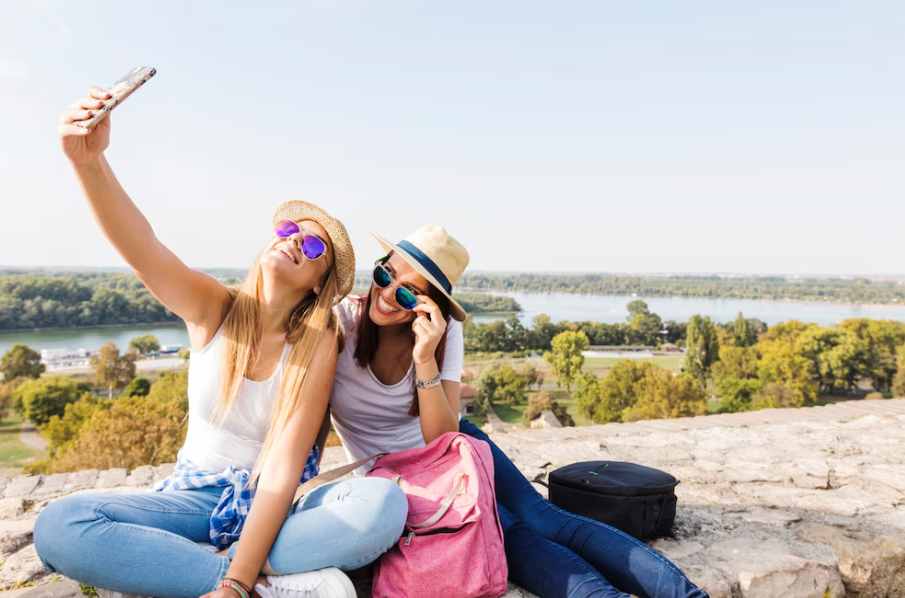

Making Every Detail Count
The small details are what turn a retreat from a simple event into an extraordinary experience. Pay attention to the little touches that make participants feel special and cared for.
- Personalized Welcome Kits: Create a thoughtful welcome kit for each participant. Include items like a hand-written welcome note, a journal, a reusable water bottle, or snacks that reflect the retreat’s theme. Personalized touches make attendees feel valued and set a positive tone for their experience.
- Design a Clear Schedule: A well-organized schedule helps participants know what to expect, without overwhelming them. Leave room for flexibility so they don’t feel rushed or overbooked. A printed schedule or app with the daily agenda can keep everyone informed.
- Thoughtful Décor and Ambiance: Set the atmosphere with thoughtful décor that aligns with the retreat theme. For example, a wellness retreat might include calming lighting, essential oil diffusers, and comfortable seating. These details create a cohesive, inviting environment that makes participants feel at home.
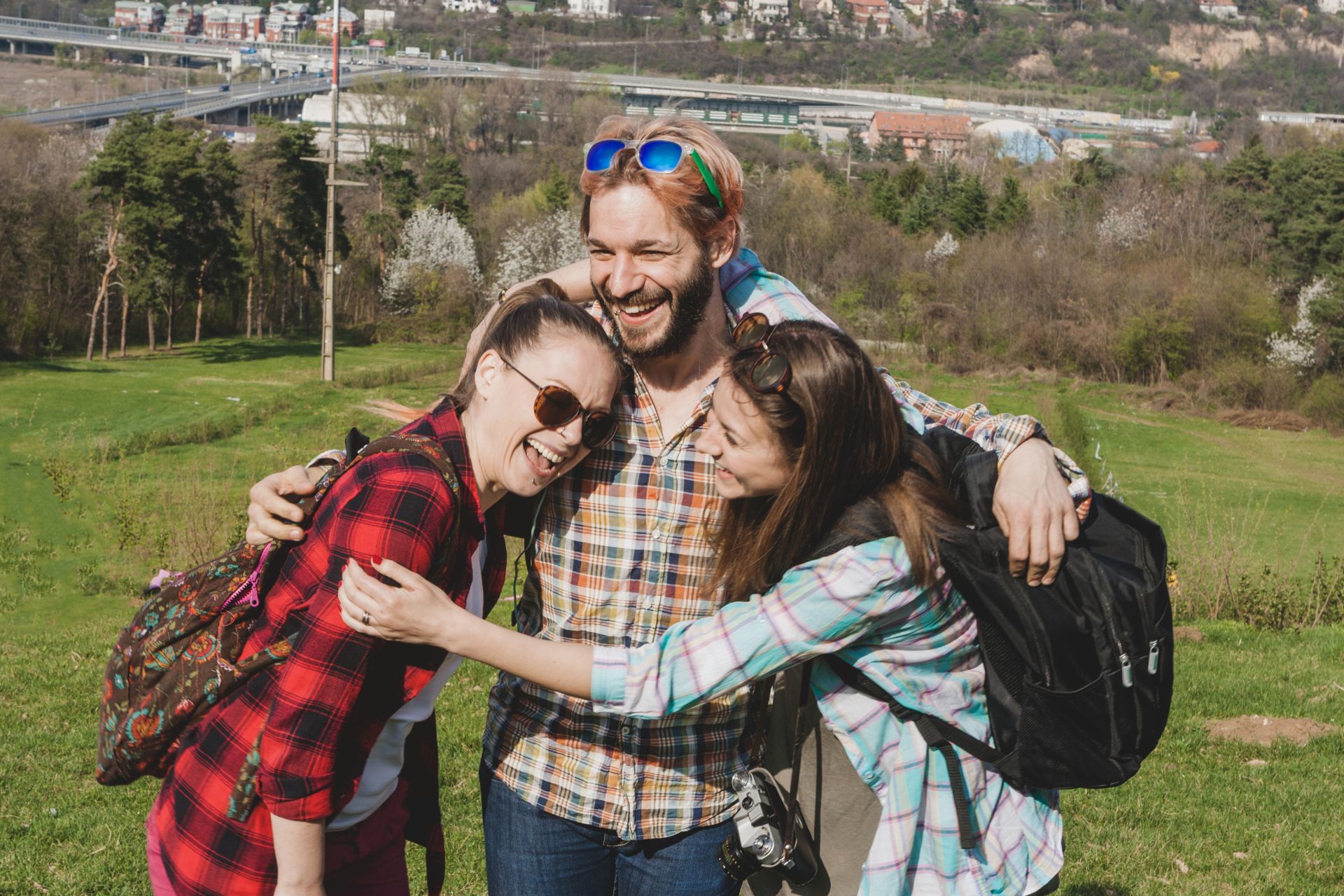
Capturing Memories and Following Up
To create a lasting impact, encourage participants to capture their retreat experiences and stay connected afterward.
- Provide Opportunities for Reflection: Offer journaling prompts or group reflections at the end of each day. Reflecting on their experiences can help attendees internalize what they’ve learned and make the retreat more meaningful.
- Encourage Photo Sharing: Encourage participants to take photos (with permission) and share them with the group. You might set up a private group or album where they can post their favorite memories, fostering a sense of community even after the retreat ends.
- Stay in Touch: Send a follow-up email after the retreat, thanking participants and sharing any additional resources. Staying connected reinforces the retreat experience and can encourage participants to return for future events or recommend the retreat to others.
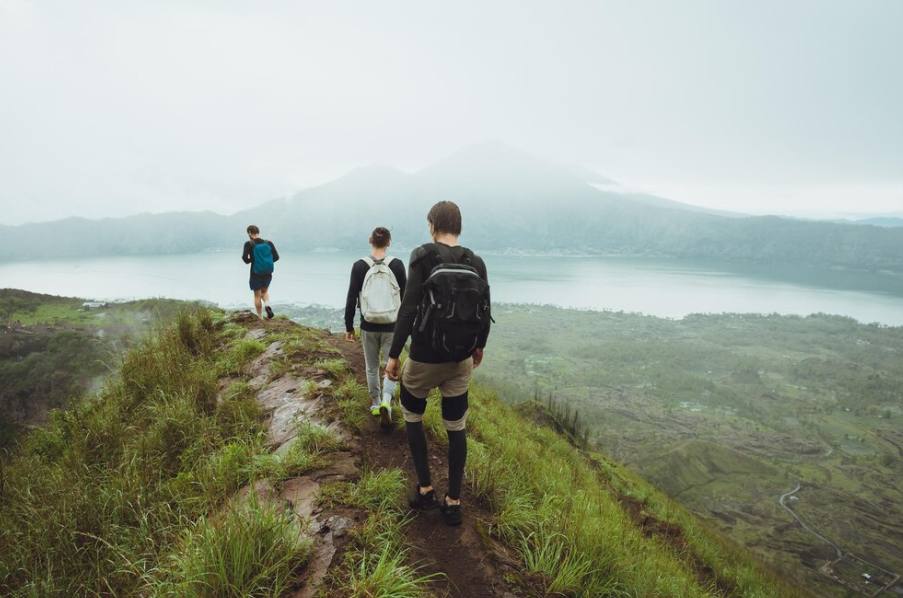
Conclusion
Crafting an unforgettable retreat experience is about creating a journey that resonates with each participant on a personal level. By thoughtfully planning every detail—from the activities and setting to the small, personalized touches—you create a retreat that feels both unique and deeply meaningful. When attendees leave, they’ll carry memories that stay with them long after they’ve returned to their daily lives.
